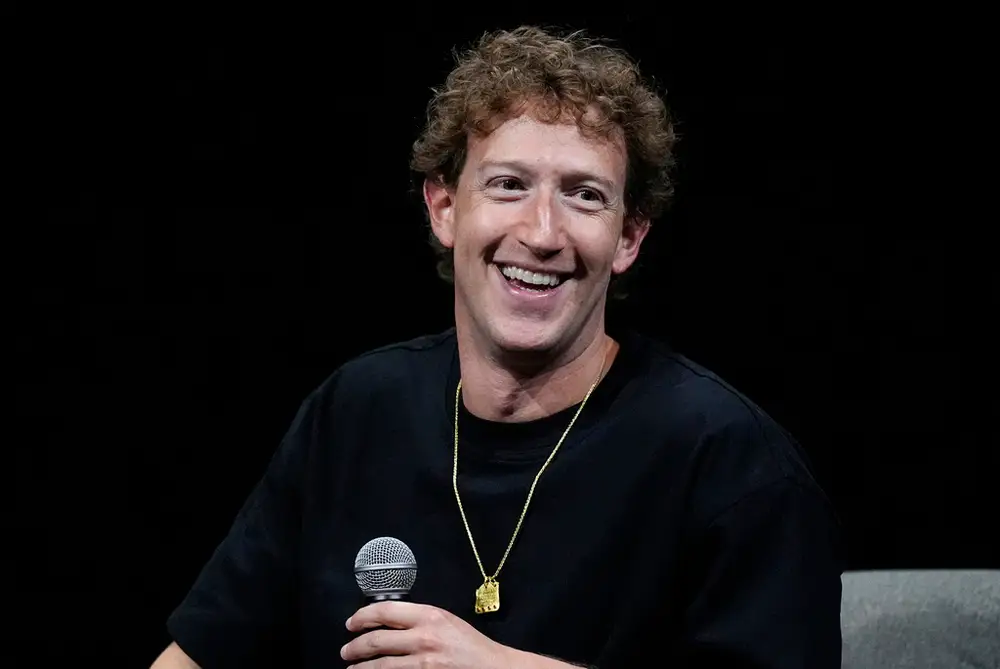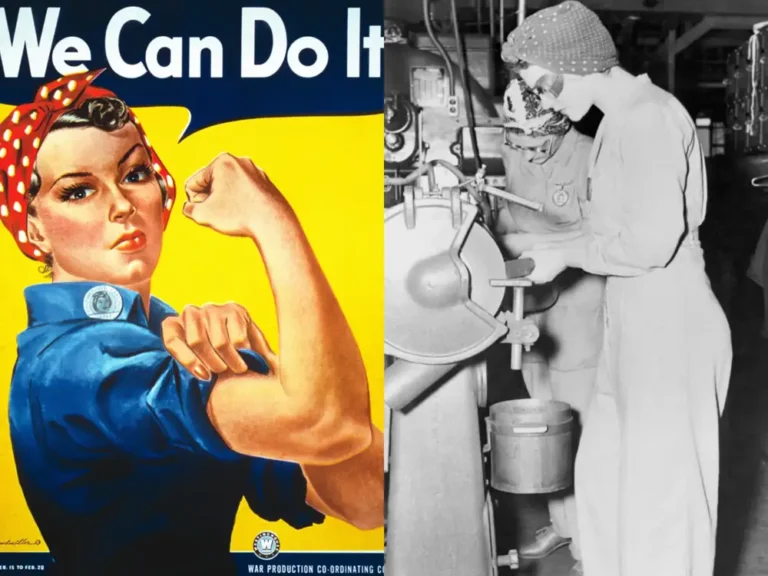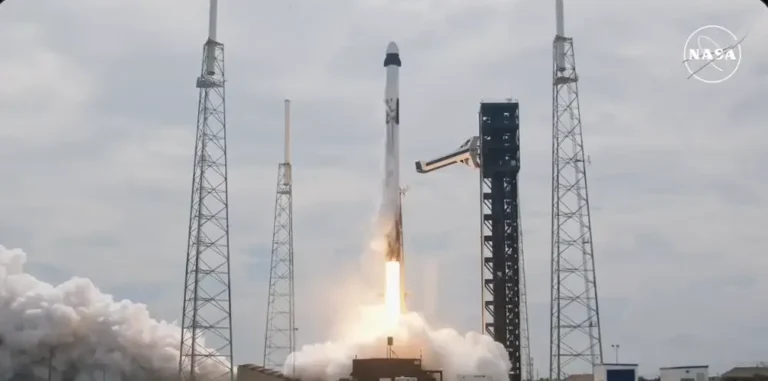A decade and $22 billion later, Meta’s big bet on messaging is finally starting to pay off

Meta CEO Mark Zuckerberg.
Meta dropped $22 billion on WhatsApp a decade ago. Now, its wild bet on messaging is finally starting to pay off.
During its Q3 earnings call, the company said WhatsApp was the primary driver of a 48% year-over-year spike in non-advertising revenue from its family of apps.
That was mostly driven by WhatsApp’s business messaging product, which lets companies pay to chat with current or prospective customers. Since the third quarter of 2022, Meta has repeatedly cited WhatsApp business messaging as a key source of revenue growth. But it hasn’t come easy.
“It’s a really big challenge,” Matt Idema, former VP of business messaging at Meta, told B-17 in a 2022 interview about monetizing the app. “How do you build a business on top of this existing messaging product?”
Since then, the push to boost business messaging has steadily begun to work in Meta’s favor.
Non-ads revenue remains a tiny fraction of the total pie, adding $434 million in Q3 compared to $39.9 billion in total Meta ad revenue. But it’s growing at more than twice the rate as the company’s ads business, pointing to an opportunity.
Mark Mahaney, a top tech analyst at Evercore ISI, has been tracking Meta’s monetization of its messaging products — including WhatsApp, Messenger, and Instagram Direct — for several years.
“They own the two largest messaging apps in the world and monetization there is still very early stage,” Mahaney told B-17. “My guess is that that’s now 10% of their total revenue and probably growing materially faster than their two social media assets.” A Meta spokesperson declined to comment on the estimate Mahaney shared.
Messaging, broadly, is the “most interesting under-monetized asset that they have,” Mahaney added, especially given the sheer number of users interacting in DMs.
In October during an event in Austin, Texas, head of Facebook Tom Alison said the company has seen a 100% year-over-year increase in content shared over DMs, which Meta calls “private sharing.”
In addition to business messaging on WhatsApp, Meta generates some ad revenue from sponsored messages in the chats tab of its Messenger app and via “click-to-message” ads that send users into DMs with businesses on WhatsApp, Messenger, and Instagram.
“Now the question is: Are they able to ramp up monetization of WhatsApp?” Mahaney said. “I think it’s becoming increasing clear that they are.”
Generative AI could boost the efficiency of Meta’s messaging business going forward, Meta CEO Mark Zuckerberg told investors in April.
Meta’s AI tech could become a “massive business,” Zuckerberg said, including “scaling business messaging, introducing ads or paid content into AI interactions, and enabling people to pay to use bigger AI models and access more compute.”
Users are spending more time in DMs
Turning messaging into a money maker could be a huge win for Meta, which has invested billions into the category. It may also be a business necessity as more of its users choose to share content in direct messages, or DMs, rather than on in-app feeds on Facebook or Instagram.
“More and more sharing is going to shift from feed-based formats to messaging-based formats,” head of Instagram Adam Mosseri said in a June interview.
Outside of Instagram and WhatsApp, Meta is adding more features to its Messenger app like community chats that operate similarly to a Discord channel, providing users with “memories” of photos shared in Messenger, and more AI tools.
Still, each of Meta’s messaging products is distinctly different in who it connects, where people are using it, and how Meta can monetize it.
“The products themselves are not integrated, but a lot of the features that we’re developing, to the degree that we understand that the need for people in the market is the same, we build in parallel,” Loredana Crisan, who oversees messaging products across Facebook and Instagram, told B-17 in October.






